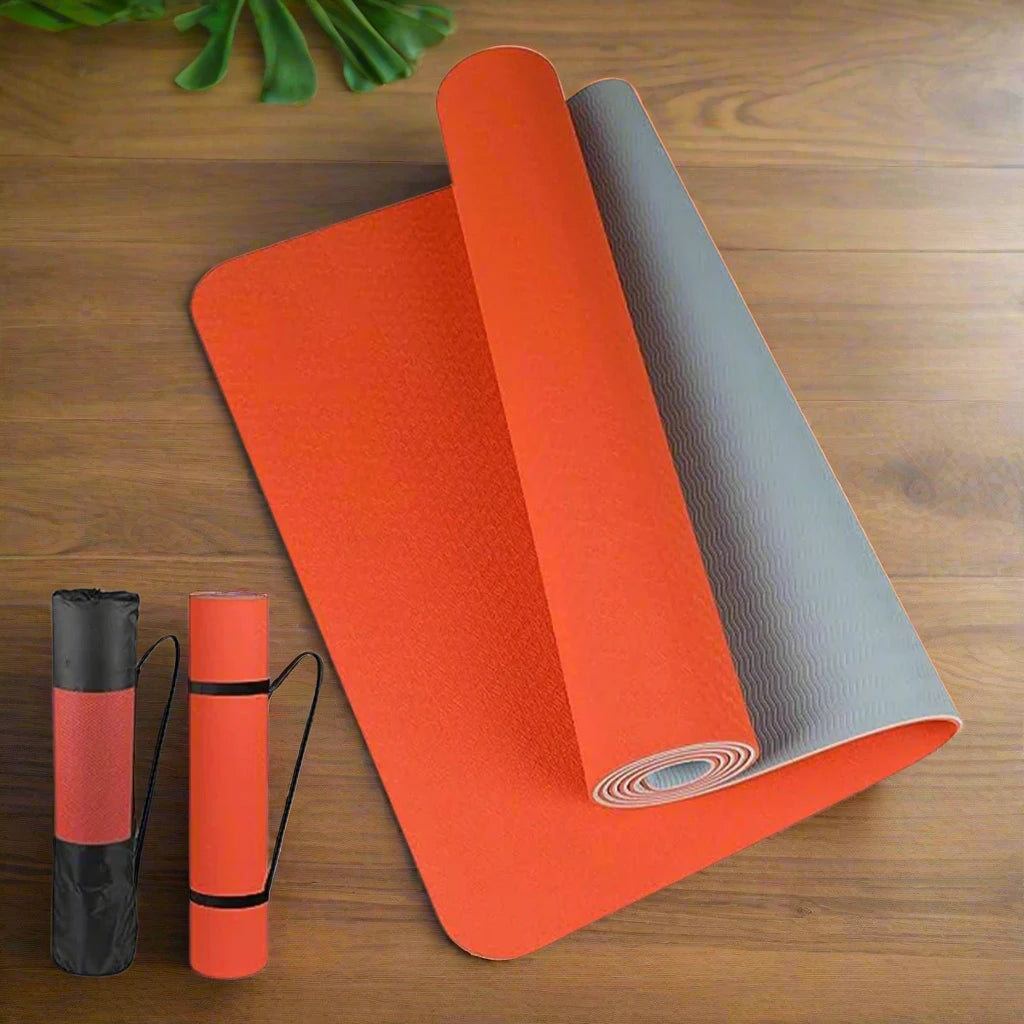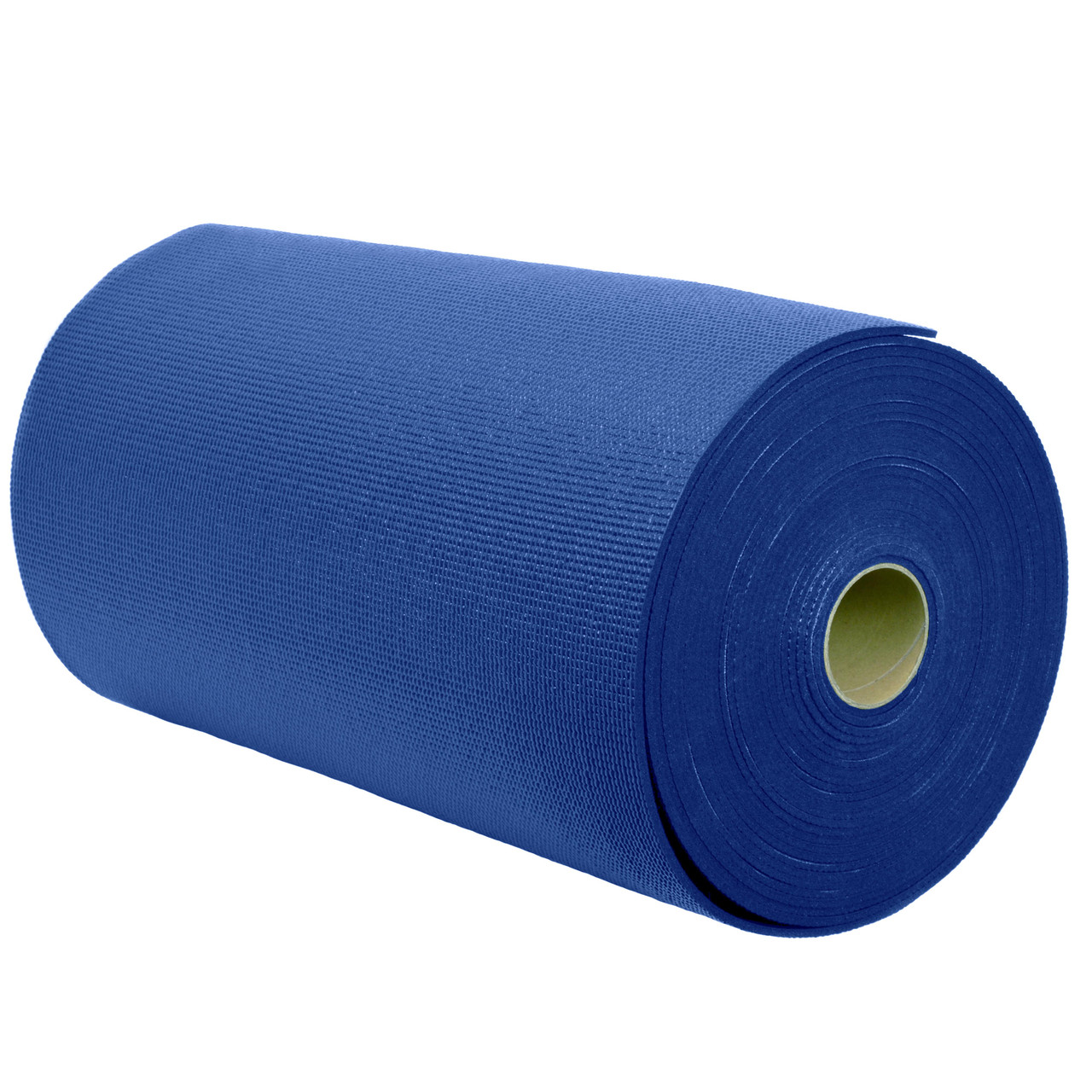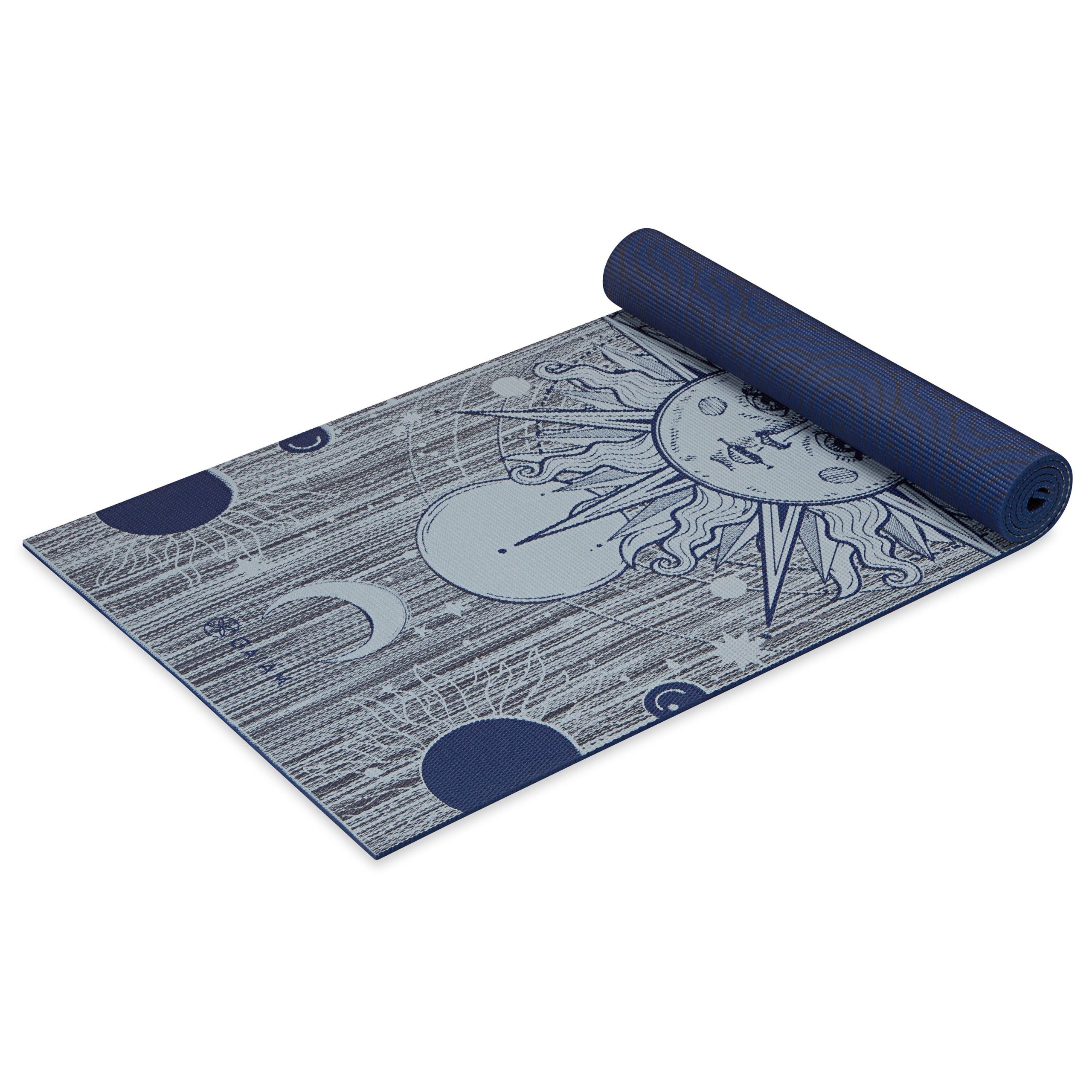Which yoga mat is best? Yoga is a practice that has been around for centuries, and it continues to gain popularity due to its numerous physical and mental health benefits. Whether you are a seasoned yogi or just starting out, having the right yoga mat can make a significant difference in your practice. With so many options available on the market, it can be overwhelming to choose the best yoga mat for your needs. In this article, we will explore the different types of yoga mats and provide recommendations for the best yoga mat based on your specific requirements.

Types of Yoga Mats
Before we delve into the best yoga mat options, it’s essential to understand the different types of yoga mats available. The most common types of yoga mats are:
- PVC (Polyvinyl Chloride) Mats: These mats are durable, easy to clean, and offer excellent grip. However, they are not environment-friendly and can be slippery when wet.
-
TPE (Thermoplastic Elastomer) Mats: TPE mats are eco-friendly, lightweight, and provide good cushioning. They are also biodegradable and free from harmful chemicals.
- Rubber Mats: Rubber mats offer excellent grip and stability, making them ideal for hot yoga practices. They are also eco-friendly and provide good cushioning.
- Cork Mats: Cork mats are naturally antimicrobial, providing a hygienic surface for your practice. They also offer excellent grip and stability.
- Travel Mats: Travel mats are lightweight and compact, making them perfect for yogis on the go. They may not provide as much cushioning as regular mats, but they are convenient for travel.
Best Yoga Mats for Different Needs
Now that we’ve covered the different types of yoga mats, let’s explore the best yoga mats options based on specific needs.
Best Overall Yoga Mat: Liforme Yoga Mat
The Liforme Yoga Mat is a popular choice among yogis for its exceptional grip, alignment markers, and sustainable materials. It provides a supportive and cushioned surface for various yoga practices, from gentle stretching to more challenging poses. The alignment markers on the mat help improve posture and technique, making it an excellent choice for both beginners and seasoned yogis.

Best Eco-Friendly Yoga Mat: Manduka PRO Yoga Mat
The Manduka PRO Yoga Mat is made from eco-friendly materials and offers superior cushioning and support. It is free from PVC and harmful chemicals, making it a great choice for environmentally conscious yogis. The closed-cell surface prevents sweat and bacteria from seeping into the mats, ensuring durability and hygiene.
Best Hot Yoga Mat: Liforme Yoga Mat
For hot yoga enthusiasts, the Liforme Yoga Mats is an excellent choice due to its exceptional grip and absorbent surface. The mat’s alignment markers help maintain posture and stability during challenging hot yoga sessions, while the eco-friendly materials provide peace of mind for both the yogi and the environment.
Best Travel Yoga Mat: Jade Yoga Travel Mat
The Jade Yoga Travel Mats is lightweight, compact, and easy to carry, making it perfect for yogis on the go. Despite its portability, it still provides excellent grip and cushioning, ensuring a comfortable practice wherever you go. The natural rubber material is eco-friendly and biodegradable, making it a sustainable choice for travel.
Best Budget-Friendly Yoga Mat: Gaiam Essentials Thick Yoga Mat
For those on a budget, the Gaiam Essentials Thick Yoga Mats offers a balance of affordability and quality. It provides ample cushioning and a non-slip surface, making it suitable for various yoga practices. The extra thickness of the mats ensures comfort and support during poses, making it an excellent choice for beginners and casual yogis.
How to clean a yoga mat
Yoga has become a popular form of exercise and relaxation for people all over the world. With the increasing interest in yoga, the demand for yoga mats has also surged. A yoga mats is an essential tool for any yoga practitioner, providing cushioning and support during the practice. However, with regular use, yoga mats can become dirty and unhygienic. It is important to regularly clean and maintain your yoga mat to ensure that it remains in good condition and free from germs and bacteria.
The Importance of Cleaning Your Yoga Mat
Regularly cleaning your yoga mats is crucial for maintaining good hygiene and preventing the buildup of bacteria and odors. When practicing yoga, you come into close contact with your mats, and any dirt, sweat, or bacteria present on the mat can transfer to your skin. This can lead to skin infections, allergies, and other health issues. Additionally, a dirty and smelly yoga mat can be unpleasant to use and may detract from your overall yoga experience. By maintaining a clean yoga mats, you can ensure a safer and more pleasant practice.
Cleaning Your Yoga Mat: Step by Step
Gather Your Cleaning Supplies
Before you begin cleaning your yoga mat, gather all the necessary cleaning supplies. You will need the following items:
- Mild detergent or yoga mat cleaner
- Water
- Spray bottle
- Clean sponge or cloth
- Towel
- Essential oils (optional)
- Brush with soft bristles (optional)
Prepare the Cleaning Solution
If you are using a mild detergent, mix a few drops of the detergent with water in a spray bottle. If you have a specially formulated yoga mats cleaner, follow the manufacturer’s instructions for dilution. If you prefer a natural cleaner, you can use a mixture of water and essential oils, such as tea tree oil or lavender oil, which have antimicrobial properties.

Spot Clean Stains
If your yoga mat has any visible stains or spots, spot clean them first using the cleaning solution and a clean sponge or cloth. Gently scrub the stained areas until they are clean, and then wipe away any excess moisture with a towel.
Clean the Entire Surface
Once you have spot cleaned any stains, it’s time to clean the entire surface of the yoga mats. Lay the mat flat on the floor and spray the cleaning solution evenly over the surface. Use a clean sponge or cloth to gently scrub the mats, paying extra attention to any areas that come into direct contact with your body during practice, such as the hands and feet placement.
Rinse and Dry
After scrubbing the entire surface, rinse the yoga mat thoroughly with clean water to remove any remaining soap or cleaner. You can do this by wiping the mats with a damp cloth or by rinsing it in the shower or bathtub. Once the mat is clean, carefully roll it up in a towel to remove excess moisture. Then, unroll the mats and let it air dry completely before using it again.
Optional Deep Cleaning
If your yoga mats is particularly dirty or has a strong odor, you may want to give it a deep cleaning. To do this, fill a bathtub with warm water and add a small amount of mild detergent or yoga mats cleaner. Submerge the yoga mats in the water and gently scrub it with a soft-bristled brush. Rinse the mats thoroughly with clean water and hang it to dry in a well-ventilated area.
Regular Maintenance
To keep your yoga mats clean and fresh, it’s important to establish a regular maintenance routine. After each practice, wipe down your mats with a clean cloth or spray it with a yoga mats cleaner and then wipe it clean. Additionally, allow your mats to air dry after each use to prevent the growth of mold and mildew. By incorporating these simple habits into your yoga practice, you can ensure that your yoga mats remains in excellent condition.

Conclusion
Finding the best yoga mat for your practice can significantly enhance your overall experience and performance on the mats. Whether you prioritize sustainability, grip, cushioning, or portability, there are numerous options available to cater to your specific needs. By considering factors such as material, thickness, grip, and sustainability, you can make an informed decision when selecting the best yoga mats for your practice. We hope this article has provided valuable insights to help you find the perfect yoga mat for your yoga journey.
